We have much more to do and your continued support is needed now more than ever.
A Win for Collaborative Conservation in the Northeast!
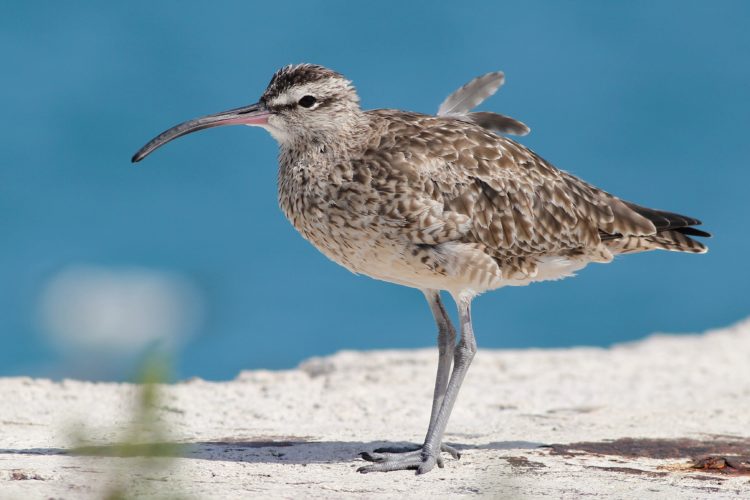
This blog is part of a series highlighting a dune restoration and beach access improvement project that NWF and its partners are engaged in on Plum Island in Newburyport, Massachusetts.
It’s always nice when you can share good news. That’s why we’re excited to announce that through our collaborative approach to conservation, the National Wildlife Federation and its partners have made significant progress protecting and restoring important dune habitat on Plum Island! Located in an Important Bird Area of Global Significance, these dunes not only provide important wildlife habitat, but they also help protect an entire neighborhood from coastal flooding. Think of these dunes as nature’s version of a seawall; the tall dunes prevent waves from surging inland during storms. However, over the past five years, the dunes on Plum Island Point have receded as much as 300 feet, with 40% of that occurring in the past year. The result: as the dunes eroded away at an alarming rate, wildlife habitat was disappearing and houses and roads were becoming increasingly vulnerable to flooding.
Through a 7 month project funded by the Massachusetts Office of Coastal Zone Management, and chronicled here in a series of blog posts, NWF partnered with the University of New Hampshire, MA Dept. of Conservation and Recreation, and the City of Newburyport to restore the habitat, reduce erosion, increase visitor awareness of the natural resource, increase community engagement and stewardship, and improve beach access. The project wrapped up at the end of June, and we’re happy to report that it was an absolute success! Check out what our team accomplished:
Approximately 8 acres of dune habitat restored and 10,000 native plants transplanted to help reduce erosion and provide wildlife habitat
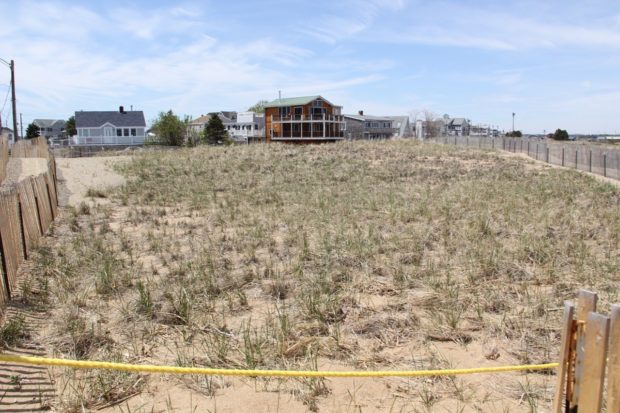
Over 200 K-12 students engaged in planting and restoration activities
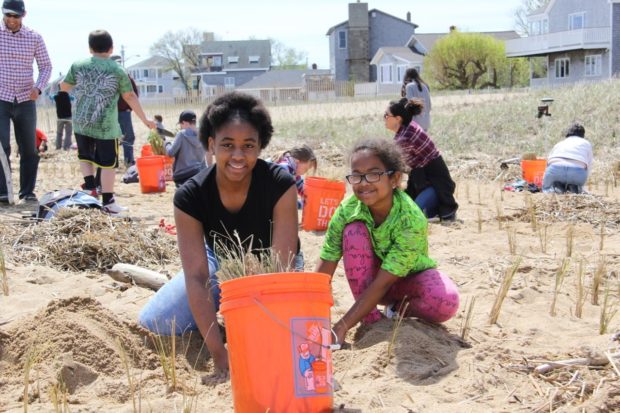
2,000 linear feet of Mobi-Mats© installed on two main trails, making the beach more accessible to all
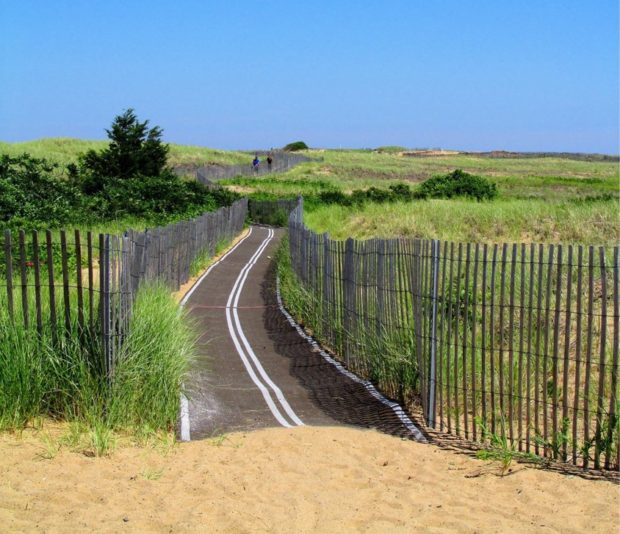
Approximately 100 community members directly engaged on the project through public meetings and site visits
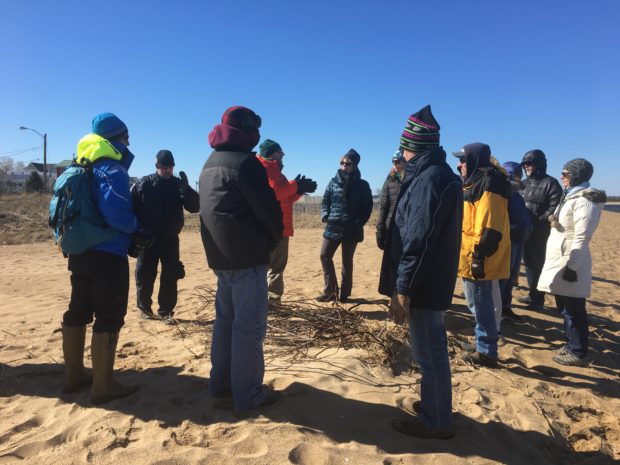
1,000 brochures designed and distributed to help people both appreciate the natural resources of Plum Island and understand the importance of a resilient dune system and its ability to reduce flooding. CLICK HERE to view these cool brochures in full size!
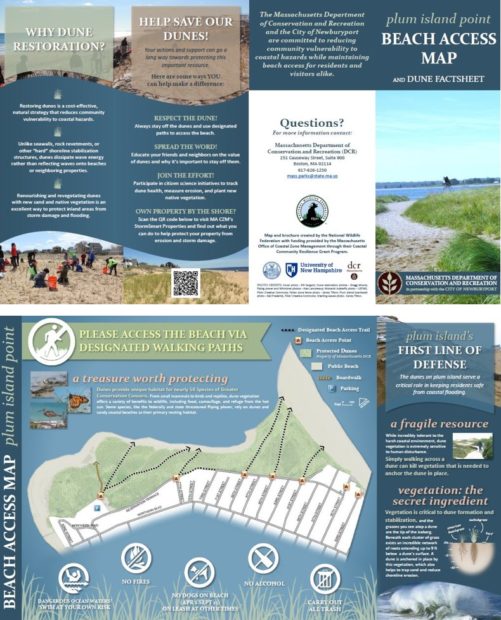
This project served as an exemplary demonstration for how to protect and restore important coastal habitats. The Project Team’s big-tent approach helped solidify common ground among the many stakeholders and user groups who have a vested interest in this area and natural resource. The technical expertise of our project partners at MA Dept. of Conservation and Recreation, University of New Hampshire, and the City of Newburyport ensured we had the right people to get the job done.
While more work will need to occur over the coming years to protect the dunes of Plum Island, this project has been a significant step in the right direction and has galvanized public support for managing the area in a way that supports both people and wildlife.





















